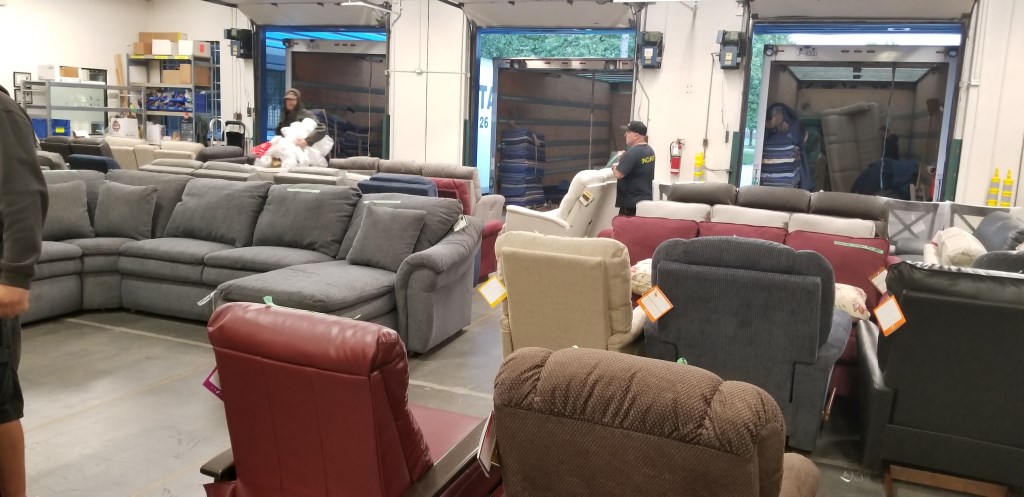
That’s not to say that offering a great shipping policy (free, fast, or both!) that doesn’t cut into profits isn’t possible. 28% of an online brand’s bottom line comes from last-mile delivery costs and on average, businesses spend approximately $10.10 per order on last-mile delivery.Īnother study stated that businesses can potentially experience profit declines by as much as 26% over a three-year period if last-mile delivery is not optimized.

Last mile delivery is one of the most expensive aspects of retail logistics. ShipBob offers businesses real-time order tracking from the dashboard. Last-mile tracking keeps customers up-to-date if unpreventable delivery exceptions occur. A ProShip study found that 97% of customers expect the ability to monitor their orders throughout every step of the shipping process. The ability to track orders is crucial for ensuring packages reach customers in a timely manner and and to maintain customer satisfaction. Last-mile tracking pinpoints the location of a package from the time it leaves the fulfillment center until it reaches the customer’s door. It specifically focuses on delivering packages to get them into the hands of the person who ordered them.

What does a last-mile carrier do?Ī last-mile carrier is responsible for moving a package to its end destination. Most last mile carriers have a fleet of vehicles that actually deliver the product(s) to the customer.Īn example of a last-mile carrier is Amazon, who has increased their last-mile efforts in order to increase delivery speed and in turn, customer satisfaction. The goal of a last mile carrier is to deliver the item as quickly and cost-effectively as possible. Last-mile delivery is a logistics term that is defined as the transportation of a package from a fulfillment center to the package’s final destination, which is usually a personal residence. And from delivery time to customer communication and ecommerce order tracking, expectations are only getting higher.ĩ3% of customers expect visibility into the order process, from in-transit status to arrival date, while 47% of consumers will not order again from a direct-to-consumer brand that lacks order tracking visibility.Īs technology advances and even more customers’ preferences shift in this direction, the last leg of delivery is one of the most challenging and important parts of supply chain management. Same-day delivery and last-mile logistics in North America is estimated to grow by $62.71 billion between 2023-2027. This means there will be increased pressure, as well as new challenges, for retailers and shippers to deliver a positive last-mile delivery experience for online shoppers. This year over 20% of purchases are expected to take place online, compared to 17.8% in 2021. Today’s customer expectations demand fast and accurate shipping, no matter where they shop online.Īnd now, in 2023, ecommerce sales continue to accelerate.

Last-mile logistics has always been a hot topic in the world of fulfillment.


 0 kommentar(er)
0 kommentar(er)
